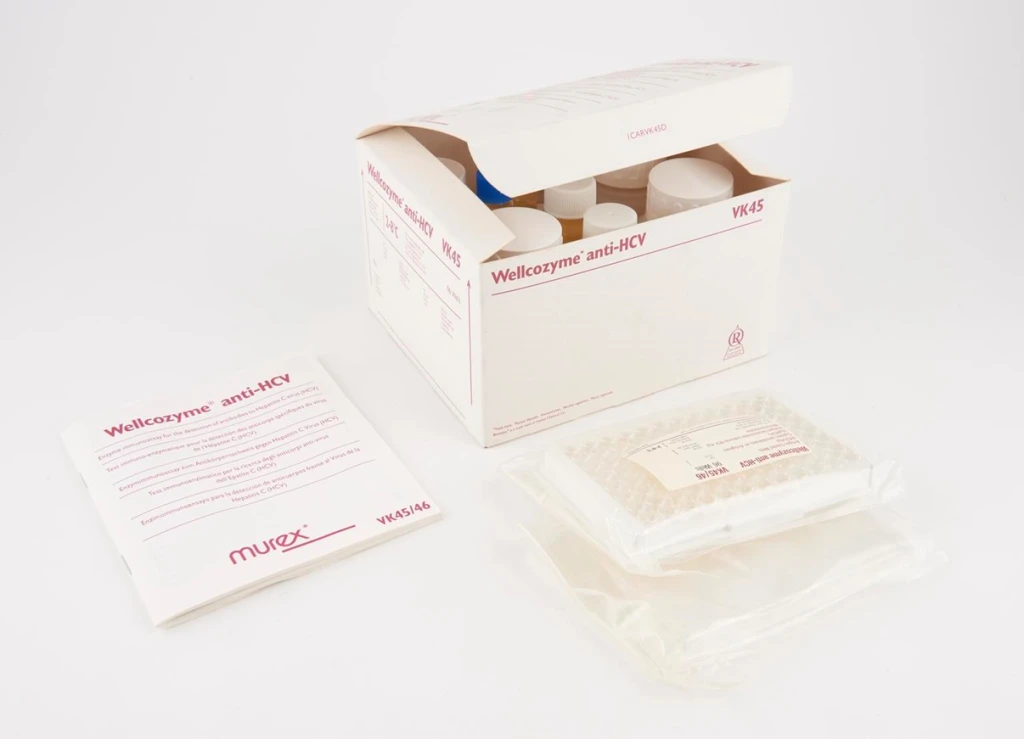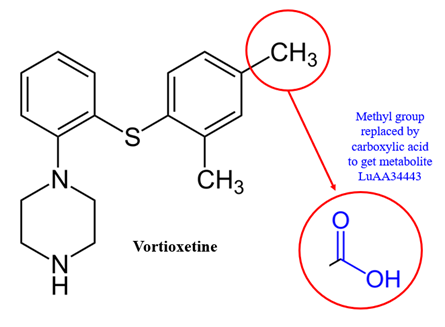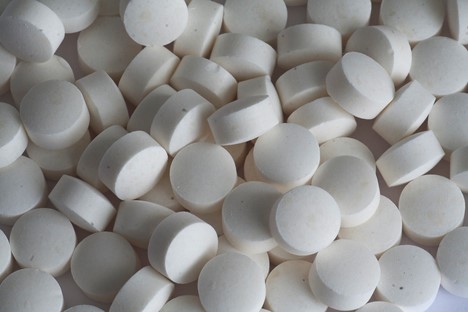Credit for featured photo: Grumpy-Puddin from Flicker available via Creative Commons (CC).
Between routine drug screenings and the worsening opioid crisis, the demand for urine drug testing (UDT) is at an all-time high. UDTs are used to ensure patients comply with the use of prescribed medication and abstain from illicit use. The CDC recommends that such testing occurs before prescribing new opioids and then annually. To keep up with testing demands, the College of American Pathologist saw a 55% increase in the use of UDTs for methadone and a 588% increase in the use of UDTs for fentanyl.
Despite their increasing use, the UDTs are prone to false positives, which is when a test yields a positive result for a sample that should have given a negative result. Investigators follow these initial results with confirmatory methods to account for these false positives, such as liquid chromatography/mass spectrometry and gas chromatography/mass spectrometry. While these techniques yield the correct result, their use can be timely (upwards of hours to several days for results) and costly. Furthermore, the institutional experience of the director of the Pathology Chemistry Laboratory at Massachusetts General Hospital, James Flood, and his colleagues suggests that few positive UDTs are sent for confirmatory testing. Thus, the false-positive prone screening tests are heavily relied upon for final conclusions.

Methadone is one of the many opioids detected by UDTs. Methadone is a powerful pain reliever also used to treat drug addiction because it occupies the same receptors as traditional opioids without causing the euphoric feeling (Figure 1). While safer than heroin or most narcotics, it still has the potential for abuse (using medication without prescription) and misuse (not using the med as directed), which drives the need for monitoring via UDTs. The Roche Kinetic Interaction of Microparticles in Solution Methadone II Urine Immunoassay (MDN2) is often used to test for this opioid. Immunoassays like MDN2 (Figure 2) take advantage of the specificity between the reaction of an antigen (the drug) and a unique antibody to produce a measurable response, such as a color change, when there is a certain level of the antigen.
However, despite its long-term use, the MDN2 is prone to overestimating the amount of opioids in urine due to cross-reactivity from a number of interfering substances, such as common ingredients in energy supplements. The investigators noted that the medication Vortioxetine, which is used to treat major depressive disorder, is often co-prescribed with methadone for those recovering from opioid addiction. They wondered if the Vortioxetine would produce a false positive result that would indicate methadone abuse or misuse due to the cross-reactivity with the MDN2 kit.

The doctors and technicians involved in this study first tested patient samples using the MDN2 test as part of their normal clinical quality assurance program. They then sent the screening tests that yielded positives results away for confirmatory test to assess whether any were truly positives. For those that yielded false positives, the researchers measured the amount of Vortioxetine present in the sample, as well as in-lab-made Vortioxetine solutions, to understand what concentration of Vortioxetine yielded false positives.
The investigators determined that Vortioxetine could yield false positive results, with four of the seven positive results indicating abuse/misuse levels of methadone. It took 7500 ng/mL to yield a false positive result for methadone when researchers analyzed the lab made Vortioxetine solutions. However, the patient samples had maximum 55 ng/mL of Vortioxetine present in their urine samples, almost 135 times less than what should produce a positive result. They noted Vortioxetine’s main metabolite, a byproduct made when the body breaks down a substance called Lu AA34443, to explain this drastic difference. The metabolite may also contribute to the false positive result since, as shown in Figure 3, it has a very similar structure to the false positive causing Vortioxetine.

Regardless of the mechanism, this study showed that a patient can take an entirely different drug like Vortioxetine and test positive for methadone… despite never taking the opioid treatment. This result is problematic because of the implications of a positive drug test in a criminal and clinical context. This is particularly alarming as Vortioxetine is prescribed for individuals with major depressive disorder, a population that is 5-10 times more likely to use opioids. Due to the potential difficulties such a test can cause along with its widespread use, it is important that clinicians keep in mind the potential for false positives, and researchers work towards more accurate confirmatory methods for identifying opioids in urine.
| Title | Vortioxetine use may cause false positive immunoassay results for urine methadone |
| Authors | Sacha Uljona , Yachana Katariab , James G. Flood |
| Journal | Clinica Chimica Acta |
| Year | 2019 |
| Link | https://doi.org/10.1016/j.cca.2019.08.026 |
| Citation | Uljona, S; Katariab, Y; Flooda, J; DART-MS: Vortioxetine Use May Cause False Positive Immunoassay Results for Urine Methadone. Clinica Chimica Acta. 2019, 499, 1-3, https://doi.org/10.1016/j.cca.2019.08.026 |
